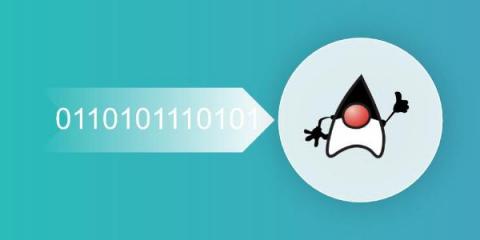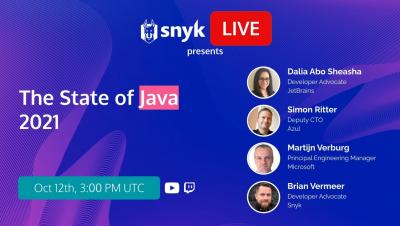Java JSON deserialization problems with the Jackson ObjectMapper
In a previous blog post, we took a look at Java’s custom serialization platform and what the security implications are. And more recently, I wrote about how improvements in Java 17 can help you prevent insecure deserialization. However, nowadays, people aren’t as dependent on Java’s custom serialization, opting instead to use JSON. JSON is the most widespread format for data serialization, it is human readable and not specific to Java.











